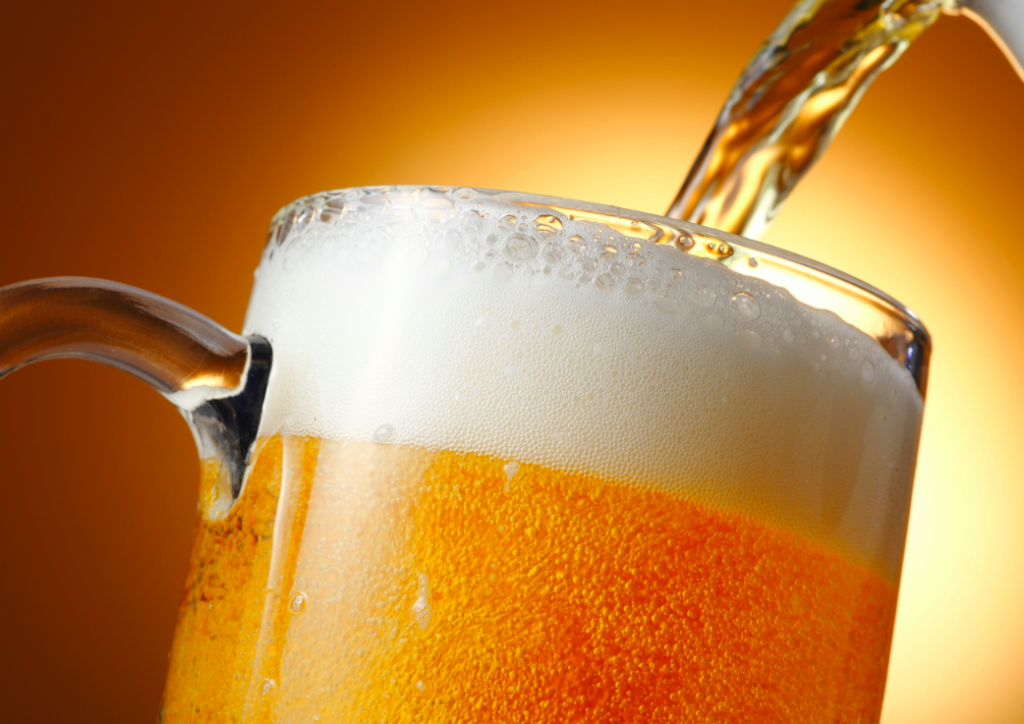-
Tips for becoming a good boxer - November 6, 2020
-
7 expert tips for making your hens night a memorable one - November 6, 2020
-
5 reasons to host your Christmas party on a cruise boat - November 6, 2020
-
What to do when you’re charged with a crime - November 6, 2020
-
Should you get one or multiple dogs? Here’s all you need to know - November 3, 2020
-
A Guide: How to Build Your Very Own Magic Mirror - February 14, 2019
-
Our Top Inspirational Baseball Stars - November 24, 2018
-
Five Tech Tools That Will Help You Turn Your Blog into a Business - November 24, 2018
-
How to Indulge on Vacation without Expanding Your Waist - November 9, 2018
-
5 Strategies for Businesses to Appeal to Today’s Increasingly Mobile-Crazed Customers - November 9, 2018
Yeast DNA Sequencing Uncovers Lager Beer Origins
While the earliest yeasts known to man have been used for millennia to make ales, bread and wine, lager beer – and the yeast used to create it – dates to just 500 years ago.
Advertisement
Fifteenth-century Bavarian brewers discovered that storing beer in caves during the winter produced a lighter, smoother beer that was eventually named “lager”, from the German word “lagern”, meaning, “to store”.
This later evolved into a trend, commanding the 20th and 19th century beers, especially in America. “Brewers had classically defined two major types of lager yeast: the Saaz lineage, which is not used very much anymore today, and the Frohberg lineage, which is the main lineage of lager yeast that constitutes most of the strains that are used industrially today”, Hittinger said. Lagers nowadays represent 94 percent of the beer market.
Taking advantage of a newly described wild yeast species from Patagonia, Saccharomyces eubayanus, the researchers from the University of Wisconsin-Madison were able to complete and assemble a high-quality genome of S eubayanus using next-generation sequencing. The sequencing of this genome allowed the scientists to trace the genealogy of lager yeasts to two separate family lines-Saaz and Frohberg-based on their area of origin. The unlikely connection between two different species, different genetically from one another as birds and humans, happened two times at least. This is what they have been able to realize in terms of the yeast fermentation that has been primarily used in order to produce alcohol and keep aside any kind of problems when it comes to the comparison of genetic make-up and their determination to understand about the origin and evolution of this particular factor.
The research findings have shown that domestication for beer production had put yeast in a similar evolutionary path numerous times.
When we talk about the excellent taste of lagers, we come across a variety of people that can beg to differ.
“Although these hybrids were different from the start, they also changed in some predictable ways during their domestication”, said Hittinger.
Lager yeast developed through the unique hybridization of two yeast “parents” – S. cerevisiae and S. As the researchers did more work, they found that S. eubayanus was far more common in the Southern Hemisphere than the Northern Hemisphere, with discoveries occurring in odd places like Wisconsin or China.
Advertisement
And the DNA analysis didn’t help researchers either. “It raises the question: In the entire population, are there additional variants that might be useful?” They formed from two different types of sources and hybridized separately throughout the history.




























